One of the bigger home maintenance headaches is figuring out how to get cold air from the basement up to the living area upstairs. Many homes struggle with getting cool air from their lower levels, leading to discomfort and increased energy costs. If you’ve been trying to figure out ways to move cold air around your house, then this guide is for you!
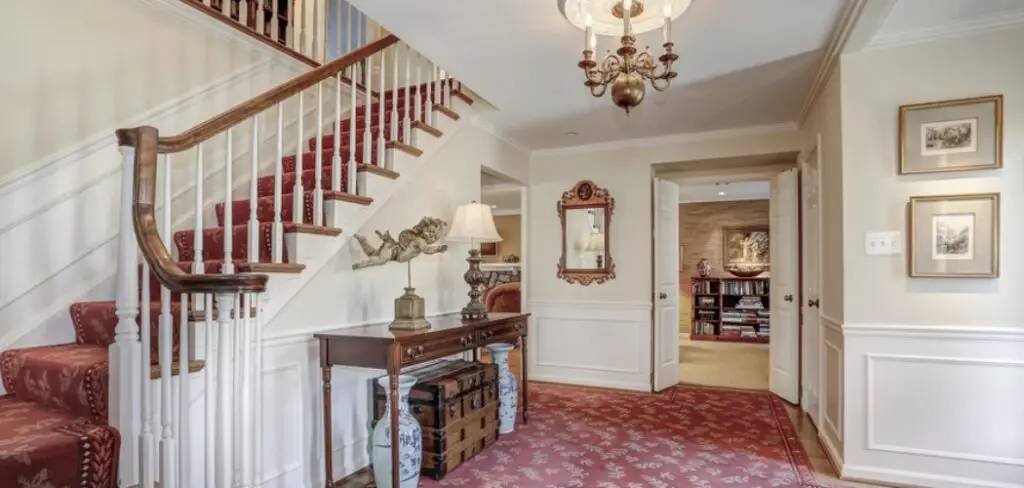
In this blog post, we will provide tips and strategies on how to get cold air from basement upstairs – including those difficult-to-reach upper floors. We’ll also cover topics such as creating pressure balance within a single duct system and overcoming airflow obstruction issues between levels.
By carefully following our advice throughout this blog post, you can easily increase your comfort level in different areas of your home while saving money on energy bills!
The Benefits of Getting Cold Air From Basement Upstairs
1. Saves Money
Getting cold air from your basement to the living area of the home can be a great way to save money and increase comfort. Basements tend to stay cooler than other areas, making them ideal sources of cool air. When you can move this cool air up into the main living area, it helps reduce reliance on air conditioning units. This also reduces wear and tear on the air conditioner as it will not have to work as hard, leading to lower energy bills in the long run.
2. Increases Comfort
Getting cold air from the basement upstairs can also help improve comfort levels throughout your home. If certain areas of your house are feeling stuffy or uncomfortable, moving cool air into those areas can make them much more livable. It can also provide relief during hot summer months, allowing you to enjoy your home without having to worry about staying cool and comfortable.
Required Items for Getting Cold Air From Basement Upstairs
1. Ductwork
Having a properly-maintained duct system is essential for getting cold air from the basement upstairs. The ducts need to be in good condition and should be large enough to accommodate airflow from the basement to the living area of your home. If the ducts are too small, then they will impede airflow and prevent you from getting cold air upstairs.
2. Air Ventilation System
You’ll also need an air ventilation system that can help to move cool air up into the living area of your home. This could be done with a series of fans or even by using an attic fan to draw air from the basement and push it up to the living space.
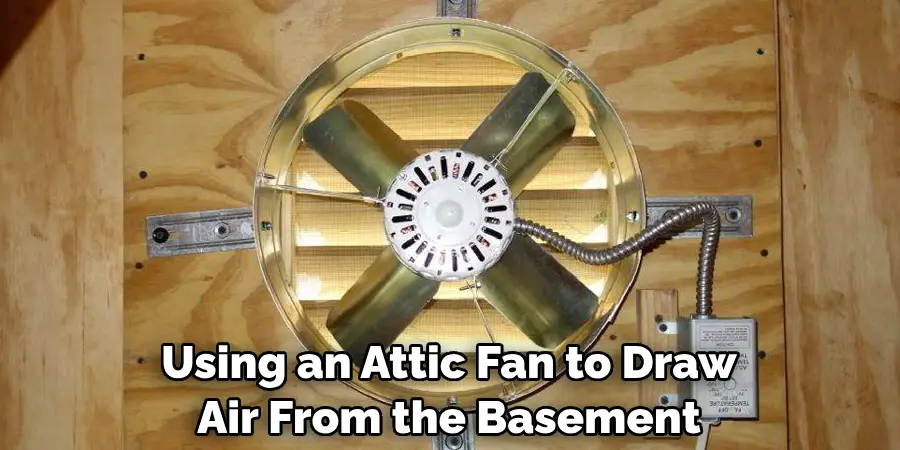
3. Pressure Balance
Having a pressure balance between the basement and the upstairs will also help you get cold air from your lower levels. You can create this by using a fan or vent system, which will provide enough pressure to move cool air into the upper floors of your home. The size and power of the fan or vent system will depend on the size of your home.
4. Air Filters
Finally, you’ll want to make sure that your air filters are clean and in working condition. Dirty air filters will impede airflow, which can prevent you from getting cold air from the basement upstairs. Check them regularly and replace or clean as needed.
By following these tips and strategies, you can easily move cold air from the basement up to your living area! Not only will this help you save money on energy bills, but it will also improve comfort levels in different areas of your home – no matter how hot it gets outside.
10 Ways How to Get Cold Air From Basement Upstairs
1. Use a Fan Blower
Use a fan or blower to direct the air upwards. Place the fan on its highest setting and aim it at the top of the staircase so that the cool air is pushed up from below. Also, make sure the fan is angled up so that it pushes air from the basement to the floor above.
2. Install Ductwork
Install ductwork in your home to pump cold air from your basement into all areas of your house. This requires a professional installation and can be quite expensive. However, you will never have to worry about chilly temperatures upstairs again.
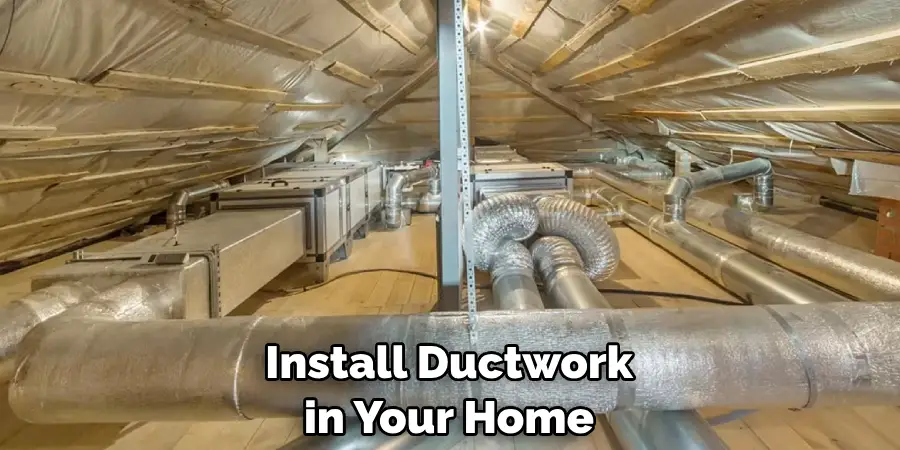
3. Install Vents
Install vents at the base of the stairs so that when you open them, cold air from below will be pushed up into your living space. Make sure to close these vents when they are not in use, as this will help to conserve energy and money.
4. Utilize Return Ducts
Include return ducts in your HVAC system. This will allow the cool air from the basement to be pulled up into the living space without having to run a lot of fans or blowers. Utilize the return ducts to ensure that your living space is cooled efficiently.
5. Install Insulation
Insulate the walls and ceilings of your basement or lower levels so that the cooler air from below is trapped and cannot escape upwards. This will help to maintain a consistent temperature between all levels of the home.
6. Utilize Window Fans
Window fans can be used to draw cool air from below into the living space. Place the fan in an open window at the base of the stairs, and turn it on its highest setting. This will help to pull cold air up into your home.
7. Install Exhaust Fans
Exhaust fans are excellent for drawing cool air from below as they are designed to move air in one direction. Install an exhaust fan at the base of the stairs, and make sure it is set on its highest setting. This will help to draw cool air from below into your living space.
8. Install Ceiling Fans
Ceiling fans can be used to pull cold air up from below. Place a ceiling fan at the base of the stairs, and make sure it is set on its highest setting. This will help to circulate cool air from below up into your living space.
9. Install Floor Registers
Floor registers can be used to draw cool air from below into all levels of your home. Place floor registers at the base of the stairs, and make sure they are set on their highest setting. This will help to draw cool air from below up into your living space.
10. Open Windows
Open your windows at night, when the temperature outside is lower than inside. This will allow cooler air to enter your home and be circulated throughout all levels of the house. Just make sure to close them during the day, as this will help to conserve energy and money.
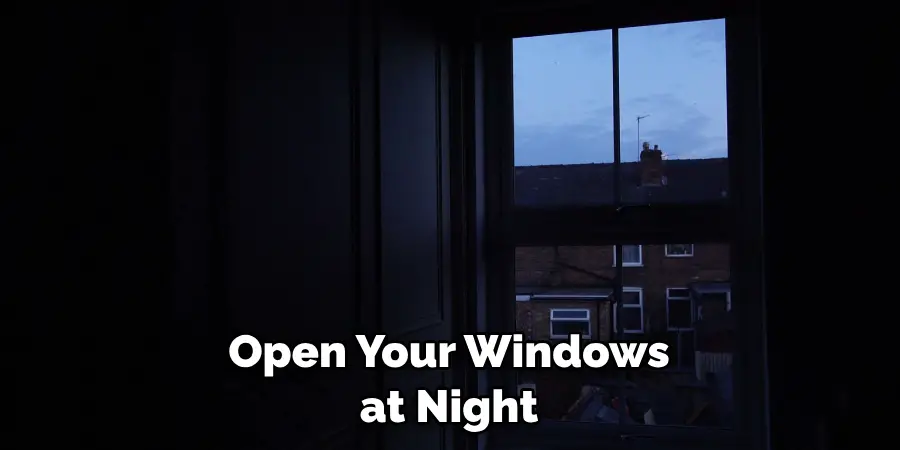
Following these ten tips will ensure that you can get cold air from your basement upstairs, so you never have to worry about chilly temperatures again. Enjoy the cool air and stay comfortable all year round!
6 Maintenance Tips to Get Cold Air from Basement Upstairs
1. Check the air conditioning system. Ensure your air conditioning system is working properly and has no leaks in the ducts. Inspect all the filters and replace them as needed to reduce airflow resistance, which will help keep cool air flowing throughout the house.
2. Install a ventilation fan in the basement and open windows upstairs to allow warm air to escape from the home. This will create a vacuum that draws cooler air up from the basement.
3. Insulate ducts that run through unconditioned spaces such as attics, basements, and crawlspaces to help keep cool air contained within them.
4. Seal any cracks in the walls and ceilings that may be allowing warm air to enter the home or cool air to escape. Sealing these cracks will also help prevent air leakage from one room to another.
5. Install ceiling fans in the upstairs rooms to help circulate cool air throughout the home. Set the fans on a low speed, and make sure they are rotating clockwise during summertime for maximum efficiency.
6. Make sure windows and doors are properly sealed with weatherstripping to keep cool air in and warm air out. Making outdoor openings that are bigger than the outdoor air temperature can also help reduce the temperature in certain areas of the home.
By following these tips, you can ensure cool air is getting distributed throughout your home from the basement upstairs.
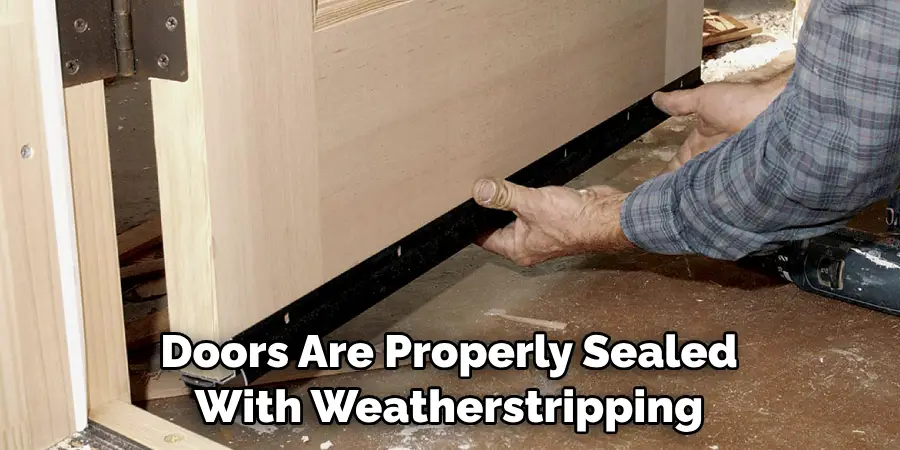
Conclusion
There you have it! With these methods on how to get cold air from basement upstairs, you should be well on your way to getting cold air from your basement to the upper levels of your house. Keep in mind that efficiency is key, and each option comes with its own pros and cons. Consider what’s right for you, and don’t forget the importance of regular maintenance.
With some patience, elbow grease, and a bit of trial and error, you can get cold air flowing through the top levels of your home. If all else fails, reach out to an experienced HVAC technician who can lend their expertise and help make things easier for you. Don’t be afraid to ask for help when needed – it could make all the difference in the world!

